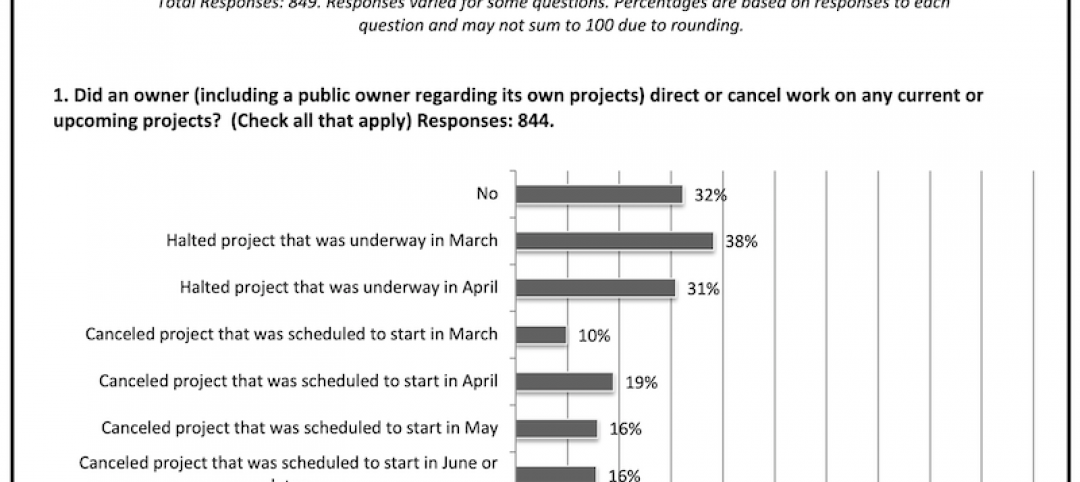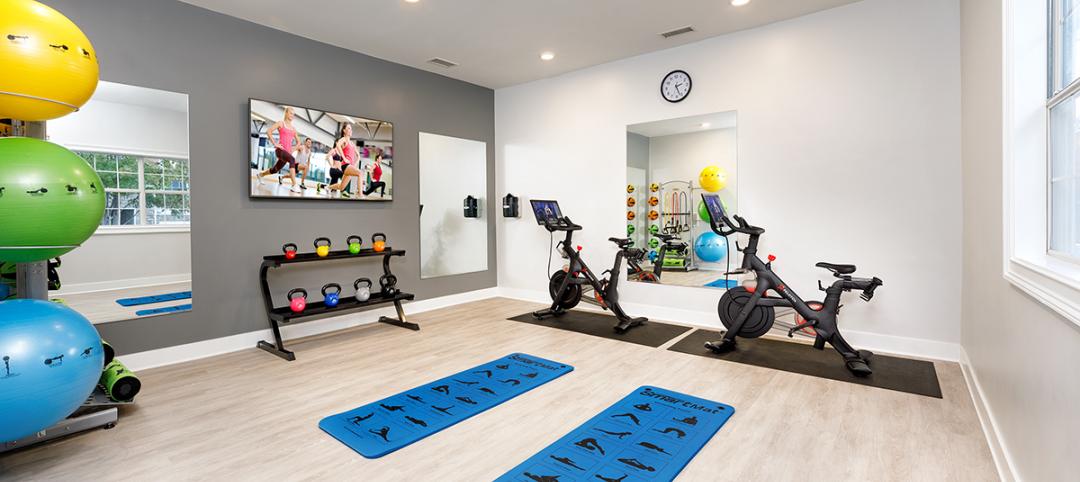For most of the last decade, we at Building Design+Construction have been advocating for the integrated Building Team: AEC professionals all working together to meet the needs of their clients—school districts, healthcare systems, real estate developers, colleges and universities, etc.—and the people who use their clients’ buildings—school children, hospital patients, office workers, college students, etc.
We even adopted the motto “Inspiring the Building Team” and put it on the cover, right under our name.
We feel strongly about this concept because, when you look at what’s been happening in the AEC field over the last 10 years, you can’t help but see that the major trends—what we refer to (perhaps somewhat grandiloquently, but with good intentions) as “transformational forces”—are converging toward early integration of the Building Team.
Some of these “transformational forces” have been around for some time, but have been gaining momentum in recent years—trends like design-build project delivery, which has established a firm foothold in publicly financed projects, as well as lean construction and fast-track project scheduling. All of these delivery systems owe their growth to the escalating demands of clients for faster, smoother, less risky, and more unified delivery of projects. All require early and intense integration of the Building Team to be successful.
Then there’s green building. Say what you want about the U.S. Green Building Council and LEED—and we’ve said plenty, as evidenced by the 250,000 words in our seven White Papers on Green Building—the green building phenomenon has forced AEC firms to work together in integrated Building Teams, right from the start, or they will have no hope of attaining the higher and higher levels of LEED certification that today’s clients are demanding. These days, earning LEED Silver is becoming ho-hum for many clients.
Building product manufacturers, too, have responded to the green movement, creating thousands of new products for building green. Many of the products you will see on the floor at Greenbuild in Chicago (November 17-19, 2010) didn’t exist 10 years ago.
More recently, the industry has witnessed the rapid adoption of building information modeling. Our 2009 Giants 300 survey revealed that 80% of the nation’s large AEC firms have adopted BIM, which absolutely requires early team integration. BIM’s ability to change a project’s design “parametrically”—meaning instantaneously—across as many as seven dimensions has made it a powerful tool that is telescoping condensing schedules.
On the contractual side, integrated project delivery is gaining the attention of owners, particularly for large-scale projects like hospitals, where $100 million is the base point. IPD’s very name calls for team integration, and we think AEC firms are going to be involved more and more in IPD projects.
Finally, there is globalization: Building Teams on one continent working seamlessly with their counterparts in another, virtually anywhere in the world. These projects, many of them breathtaking in scope (remember the “Water Cube” at the Beijing Olympics?), could not have been completed without rigorous team integration.
All of this requires education—learning new technologies, new systems, new ways of integrating project teams. “Lifetime learning” is a strict requirement for AEC professionals and an important strategic differentiator for the firms that employ them.
“The Building Team” is not some fancy gimmick we dreamed up. Rather, we believe it is an accurate representation of how progressive AEC firms are working together to produce the excellent commercial, industrial, and institutional projects we feature in these pages.
For excellent example of integrated Building Teams, see the Building Team Awards winners in our September 2010 issue.
—Robert Cassidy, Editorial Director
Send your Comments to: rcassidy@sgcmail.com
More from Author
Rob Cassidy | Mar 30, 2020
Your turn: Has COVID-19 spelled the death knell for open-plan offices?
COVID-19 has designers worrying if open-plan offices are safe for workers.
Rob Cassidy | Mar 25, 2020
Coronavirus pandemic's impact on U.S. construction, notably the multifamily sector - 04-30-20 update
Coronavirus pandemic's impact on U.S. construction, notably the multifamily sector - 04-30-20 update
Rob Cassidy | Nov 20, 2019
Word of the Year: "climate emergency," says the Oxford English Dictionary
The Oxford Word of the Year 2019 is climate emergency.
Rob Cassidy | Nov 8, 2019
The Peloton Wars, Part III - More alternatives for apartment building owners
ProForm Studio Bike Pro review.
Rob Cassidy | Nov 1, 2019
Do car-free downtown zones work? Oslo, yes; Chicago, no
Two recent reports (October 2019) explore whether car-free downtowns really work, based on experience in Oslo, Norway, and Chicago.
Rob Cassidy | Oct 9, 2019
Multifamily developers vs. Peloton: Round 2... Fight!
Readers and experts offer alternatives to Peloton bicycles for their apartment and condo projects.
Rob Cassidy | Sep 4, 2019
Peloton to multifamily communities: Drop dead
Peloton will no longer sell its bikes to apartment communities.















